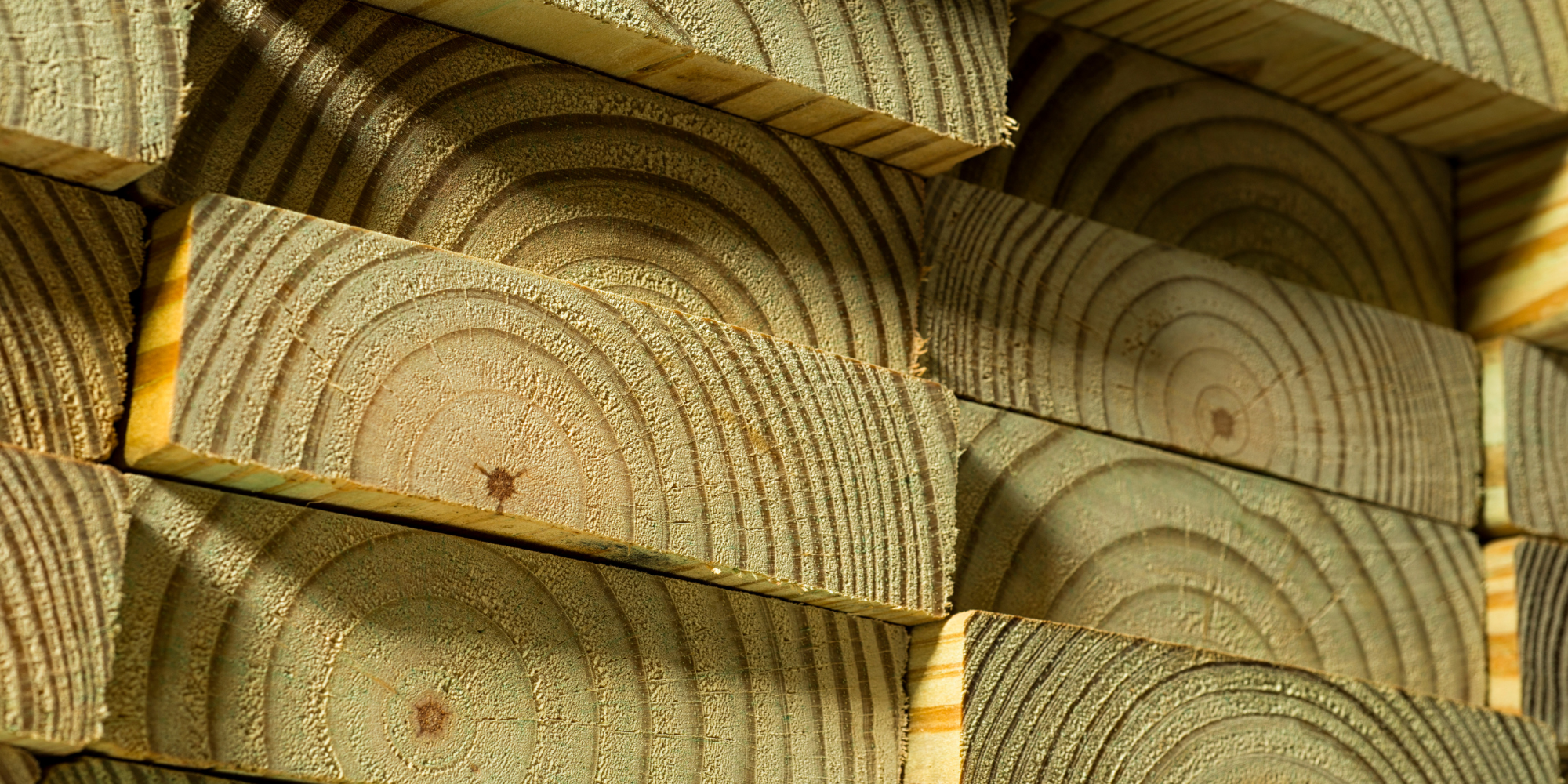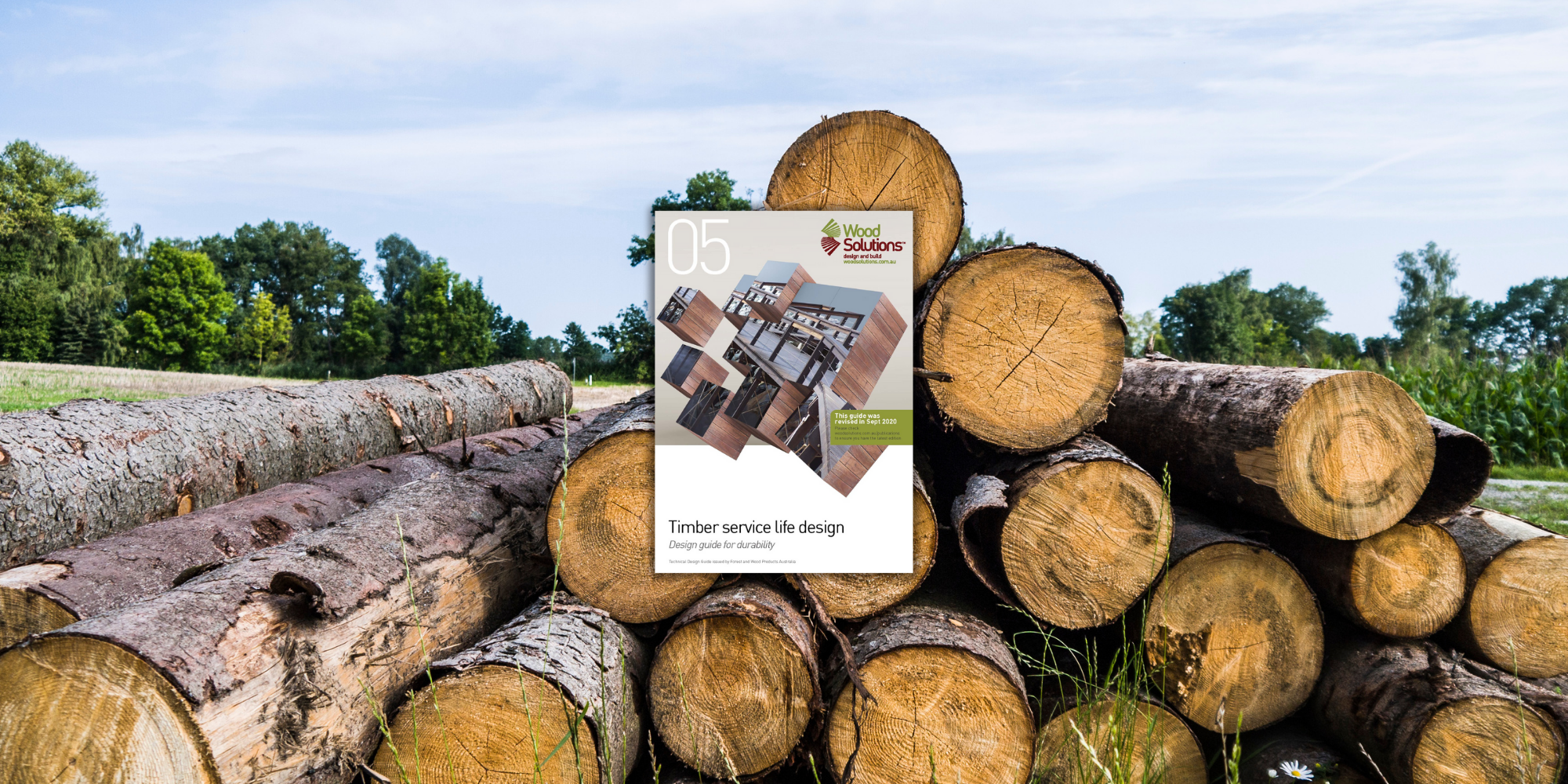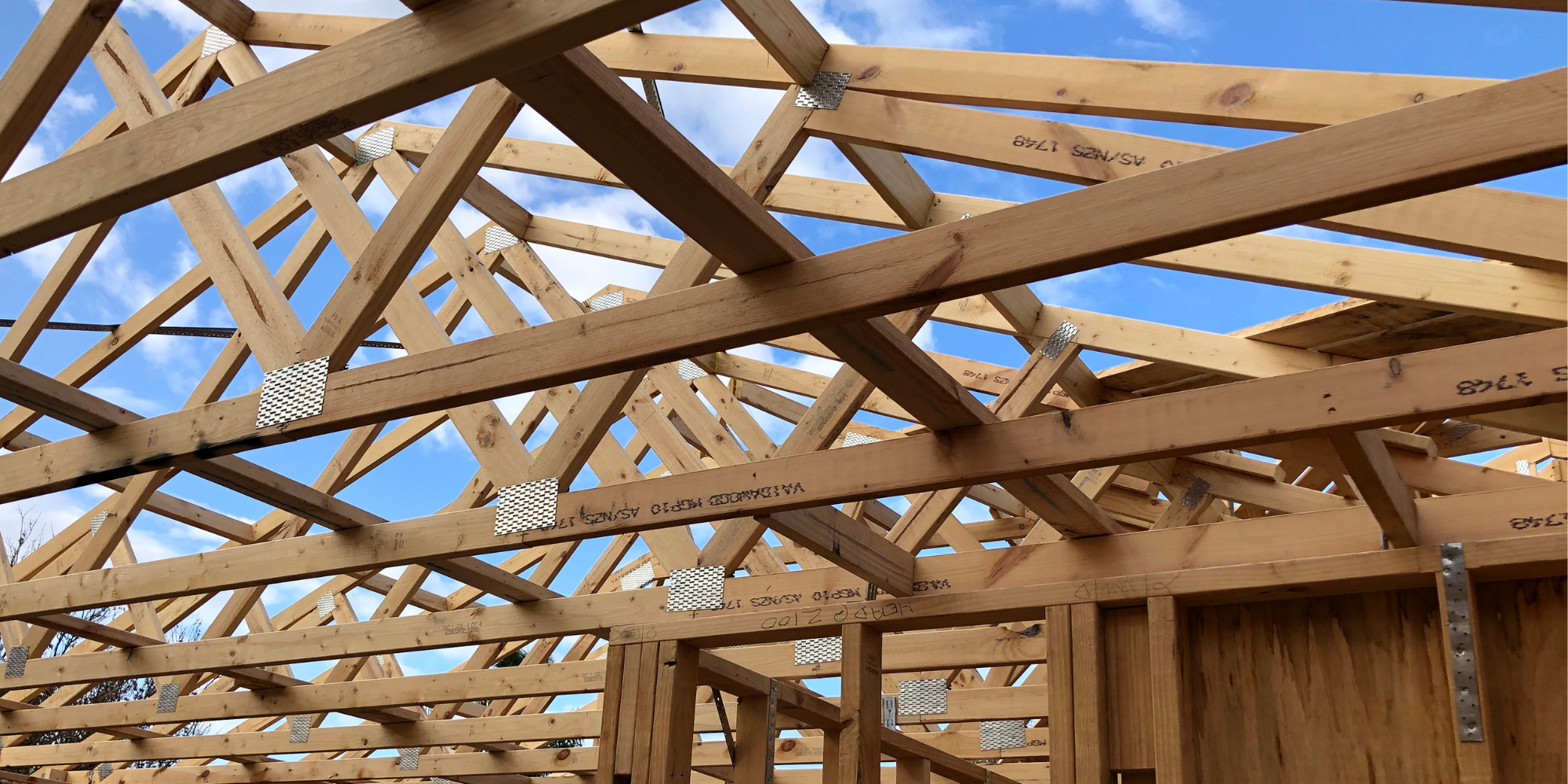This page discusses the requirements for the protection of houses from subterranean termites are defined in Part 3.1.3 of the Building Code of Australia (BCA). These requirements apply only to areas where there is a known risk of termite attack to buildings. Tasmania is excluded.
Termite Risk Management
Changes in building regulations and the banning of effective organochlorine insecticides for soil treatment has meant that new home owners, builders and designers will need to choose between the traditional approach of providing whole building protection against termite infestation; or the partial solution of using termite resistant structural materials, which will avoid termite attack of timber building elements, although they do not provide any barrier to termite infestation.
Good risk management practices can help reduce the risk of damage from termite attack on buildings by providing outlines to regulatory and statutory requirements and guidelines to use in the building process.
Resources on Termite Management

PDF
|
1.64MB
Incidence of Major Structural Damage from Termites in Australian Houses
The building industry and building owners have an interest in reducing the risk of termite attack on houses. In pursuing this interest, it was found that the Australian Bureau of Statistics (ABS) were in a position to shed light on the problem by way of data gathered on the incidence of major structural damage from termites in its "Australian Housing Survey" conducted in 1999.

PDF
|
2.50MB
Termite Risk Management Handbook
Without question, good risk management practices can and do reduce the risk of damage from termite attack on buildings. The Termite Risk Management handbook details how, providing a step by step guide for the building industry. This invaluable resource outlines regulatory and statutory requirements, provides guidelines to use in the building process and finishes by discussing the risk of damage to houses from termites.



